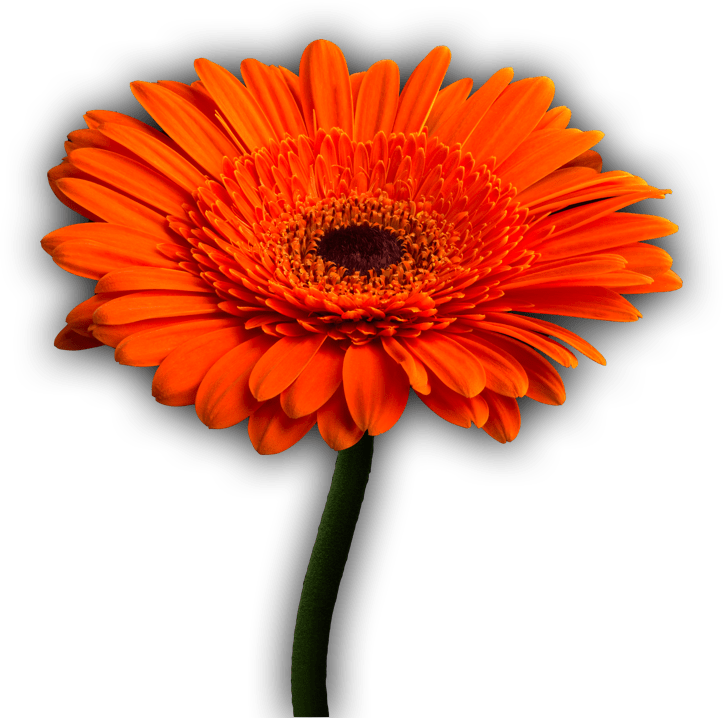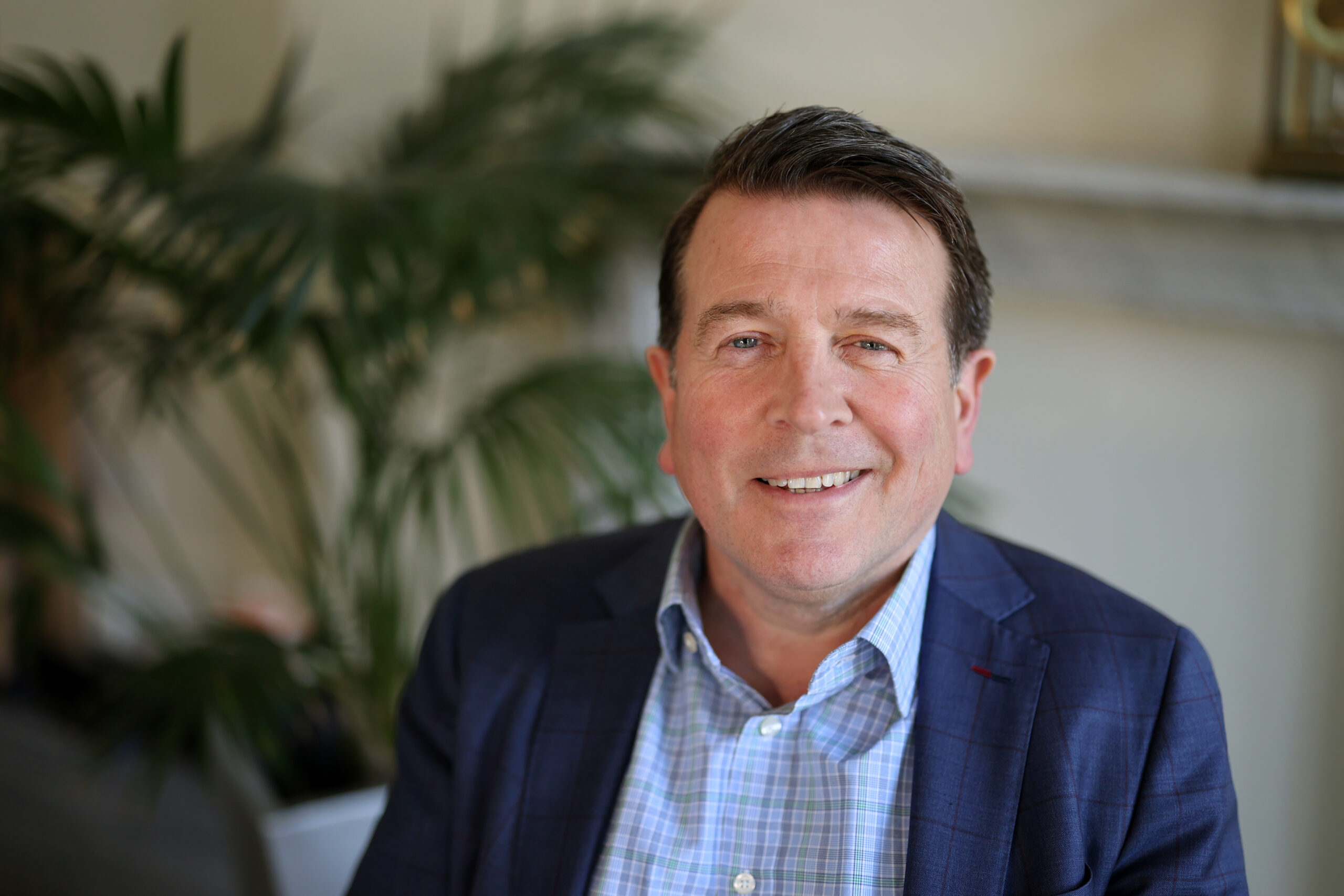Anyone who uses the Tube will have grumbles enough about their daily commute into London but in this article I’m going to celebrate a terrific idea TFL has had, writes David Little, a partner in our Corporate and Commercial Law team.
They’re giving six lines on the London Overground names that celebrate the capital’s wonderful and varied cultural heritage. As part of a new project to make travel on the London Overground simpler and easier for customers, they’ve named six of the lines which were hitherto just different routes on the ‘London Overground’. They aim to make the changes by the end of 2024.
The new names are a unique opportunity honouring and celebrating London’s many historic locations and stories in the public realm.
The Lioness line – Watford Junction to Euston
The Euston to Watford Junction line runs straight through the heart of Wembley, where the Lionesses enjoyed their greatest triumph when they won the UEFA Women’s EURO final in 2022. The team are creating a lasting legacy that continues to inspire and empower the next generation of women and girls in sport.
Following their triumph at the UEFA Women’s EURO in 2022 and their memorable run to the FIFA Women’s World Cup final a year later, the Lionesses’ success has attracted millions of fans and had a significant impact on the sport’s participation numbers. Following the EURO success, 2.3 million more women and girls were inspired to play the season after the tournament. Showing the remarkable impact the squad have on the next generation.
The Windrush line – Highbury & Islington to New Cross/Clapham Junction/Crystal Palace/West Croydon
The line runs through areas with strong ties to Caribbean communities today, such as Dalston Junction, Peckham Rye and West Croydon. The arrival of HMT Empire Windrush in June 1948 marked the start of the Windrush generation, which included Caribbean communities who migrated to help rebuild Britain after the Second World War in critical industries such as construction, healthcare and transport.
Often met with intolerance and denied access to housing, shops, pubs, clubs and even churches on account of their race, these communities played an important part in our vibrant, multicultural city that we celebrate today. From ska, reggae, jazz and blues to an eclectic range of Latin music, Caribbean communities enriched and expanded London’s music scene at the time, and influenced more recent genres such as hip hop, rap and grime. Writers such as Sam Selvon, author of The Lonely Londoners, blended his own language and rhythms with English, inventing a creolised English that is still used by award-winning writers such as Zadie Smith today. The new line celebrates the Windrush generation and the wider importance of migration that has created a lasting legacy that continues to shape and enrich London’s cultural and social identity today.

The Weaver line – Liverpool Street to Enfield Town/Cheshunt/Chingford
The area around Liverpool Street, Spitalfields, Bethnal Green and Hackney is known for the textile trade. It has been shaped by different migrant communities at different points in history. It kicked off with the Huguenots in the 17th century, who established a flourishing silk trade and were joined the next century by Irish weavers searching for work after the collapse of the Irish linen trade.
At the end of the 19th century and during the Second World War, Jewish families were fleeing antisemitism from eastern Europe. Their move to the area revitalised the garment industry, and they maintained the famous market at Petticoat Lane. By the 1960s, Bangladeshi immigration increased due to the area’s low-cost housing and work opportunities in the textile and garment industry. Bringing their own culture to the East End, Brick Lane became a cultural melting pot and popular centre for fashion and food.
The line weaves its way up to Walthamstow, home to William Morris. His vision was for accessible art for all. While his designs became popular with the middle and upper classes, he also sold low-cost furniture and embroidery sets to those who were less well off.
The Liberty line – Romford to Upminster
The line which runs from Romford to Upminster, celebrates the freedom that is a defining feature of London. It also references the motto of the London Borough of Havering, and its historical status as a royal liberty. The name also reflects the independent spirit of the Havering community and their proactive nature. Its historic independence as a royal liberty continues to be celebrated today. It gives its name to the Royal Liberty School in Gidea Park, the Liberty Shopping Centre in Romford – and now the London Overground line between Romford and Upminster.
The line links the borough to the rest of London, including by connecting it to the Elizabeth line. It enables residents to enjoy the freedom and independence that public transport provides, and it gives them the liberty to explore everything our city has to offer. The name celebrates the truly unique independence of the area, reflecting its past, present and future.
The Mildmay line – Richmond and Clapham Junction to Stratford
The name celebrates Mildmay, a small but crucial charitable NHS hospital serving the NHS in Tower Hamlets, with a long history of helping Londoners in need. Mildmay opened in the 1860s as an informal help centre organised by the Reverend William Pennefather and his wife Catherine at St Jude and St Paul’s church in Islington. William organised Mildmay Institutions to care for the sick and Catherine trained well-educated young women – ‘deaconesses’ in nursing. When cholera broke out in 1866, two Mildmay deaconesses volunteered to assist in the East End’s poorest slums, an area strictly avoided by other Londoners. In 1892, the first purpose-built Mildmay Hospital opened in Shoreditch.
In 1982, Mildmay was closed owing to its small size and a lack of funding. After a six-year battle, it reopened as Europe’s first hospital for people with HIV- and AIDS-related illnesses. It was visited by Princess Diana a total of 17 times. The press coverage of some of these visits helped break the stigma at the height of the HIV/AIDS crisis. The name cherishes the role of the NHS and its smaller healthcare centres in caring for all Londoners. To this day, Mildmay is still an internationally renowned centre for the rehabilitation of and care for patients with complex HIV. It a valued and respected place for London’s LGBTQ+ community.
The Suffragette line – Gospel Oak to Barking Riverside
The term was derived from the first wave of the campaign for women’s votes – the Suffragists. Together, with the Suffragettes, they paved the way for women’s rights, giving women a voice and the opportunity to vote. The line’s name pays especial homage to East London Federation of Suffragettes, which was a largely working-class suffragette movement in the East End. They campaigned for the rights of working-class women, and held public marches and meetings, produced a weekly newspaper and formed a small People’s Army to defend themselves from police violence.
A key member of the movement was Annie Huggett. She lived, campaigned and died in Barking at the age of 103, making her the longest surviving suffragette. Huggett was a pioneer who fought for votes when she was just a teenager. She even held tea for the Pankhursts, a family of leading suffragettes, at her home on King Edward’s Road. She organised meetings from the former George Inn in Barking Broadway – then the Three Lamps – a spot favoured by trade unionists and suffragettes. Her work helped empower women to have a significant impact on society, in the past, present and continuing into the future.
Today, women continue the campaign for equal rights. From the Women Activists of East London uncovering the real activists behind societal change in East London, to The Fawcett Society based in Bethnal Green, which campaigns for equal rights at work – such as closing the gender pay gap – as well as at home and in public life.
As TFL says here the London Overground network has grown considerably over recent years. Today the network covers 113 stations across six routes. Giving each of the six routes their own line name and colour will make travel on London Overground easier and simpler for our customers.
The changes will make it easier to understand when and where to change lines, and any service updates that might affect your journey. London Overground services will not be impacted by these changes, and customers will still be able to make the same journeys.
TFL undertook a programme of engagement to identify names and colours for each line which included customers and communities, local historians, academics and transport specialists. The approach was centred around hearing from the many different communities that live in and around the London Overground and how we can represent them through the line names.
David Little is a Partner at Bishop & Sewell in our expert Corporate & Commercial team. If you would like to contact him, please quote Ref CB454 on either 07968 027343 or 020 7631 4141 or email company@bishopandsewell.co.uk.
The above is accurate as at 23 February 2024. The information above may be subject to change.
The content of this note should not be considered legal advice and each matter should be considered on a case-by-case basis.





